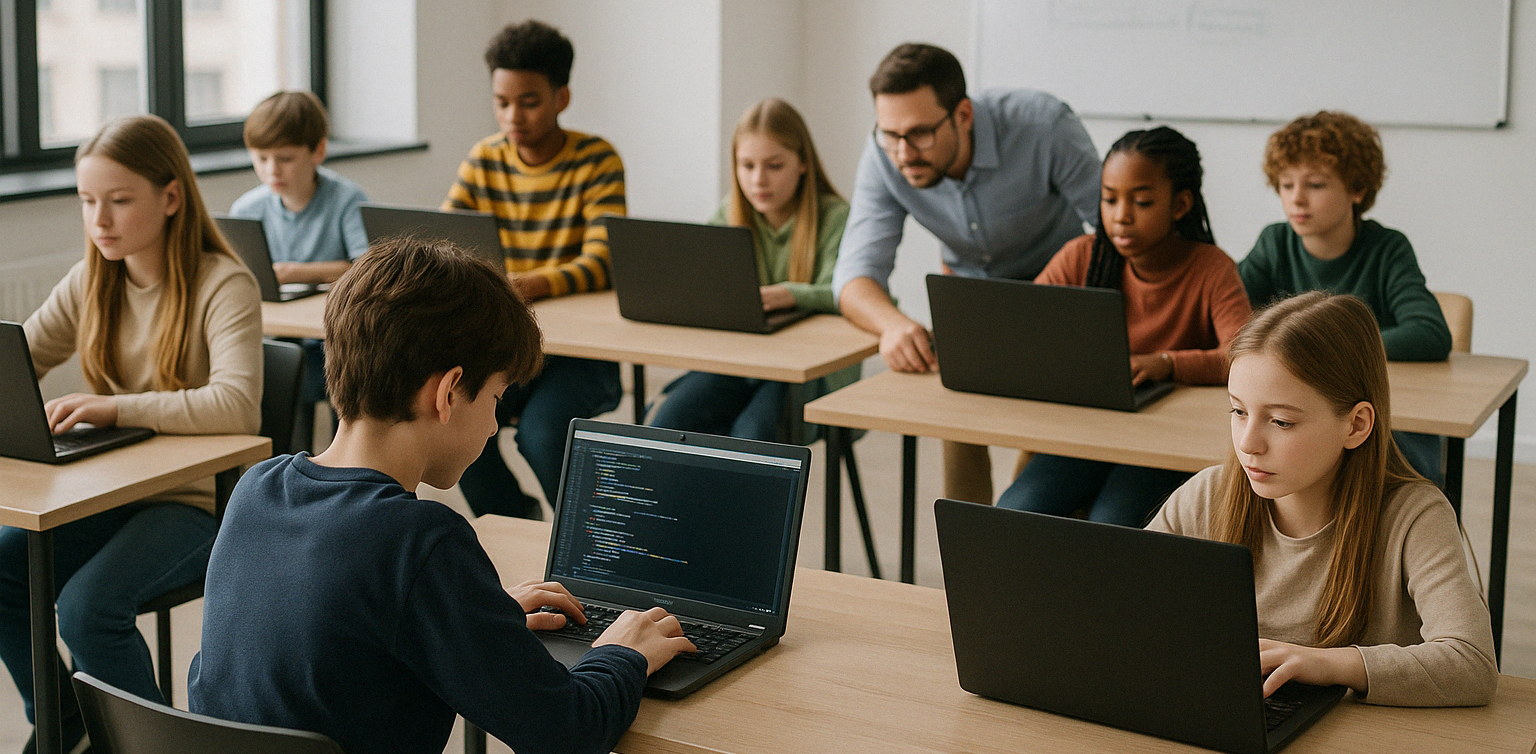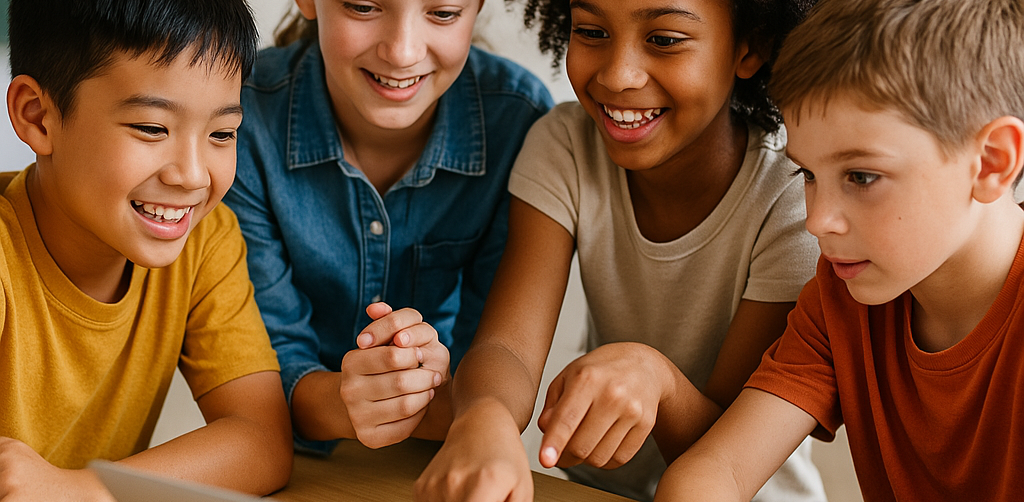Top 4 Programming Languages for Kids
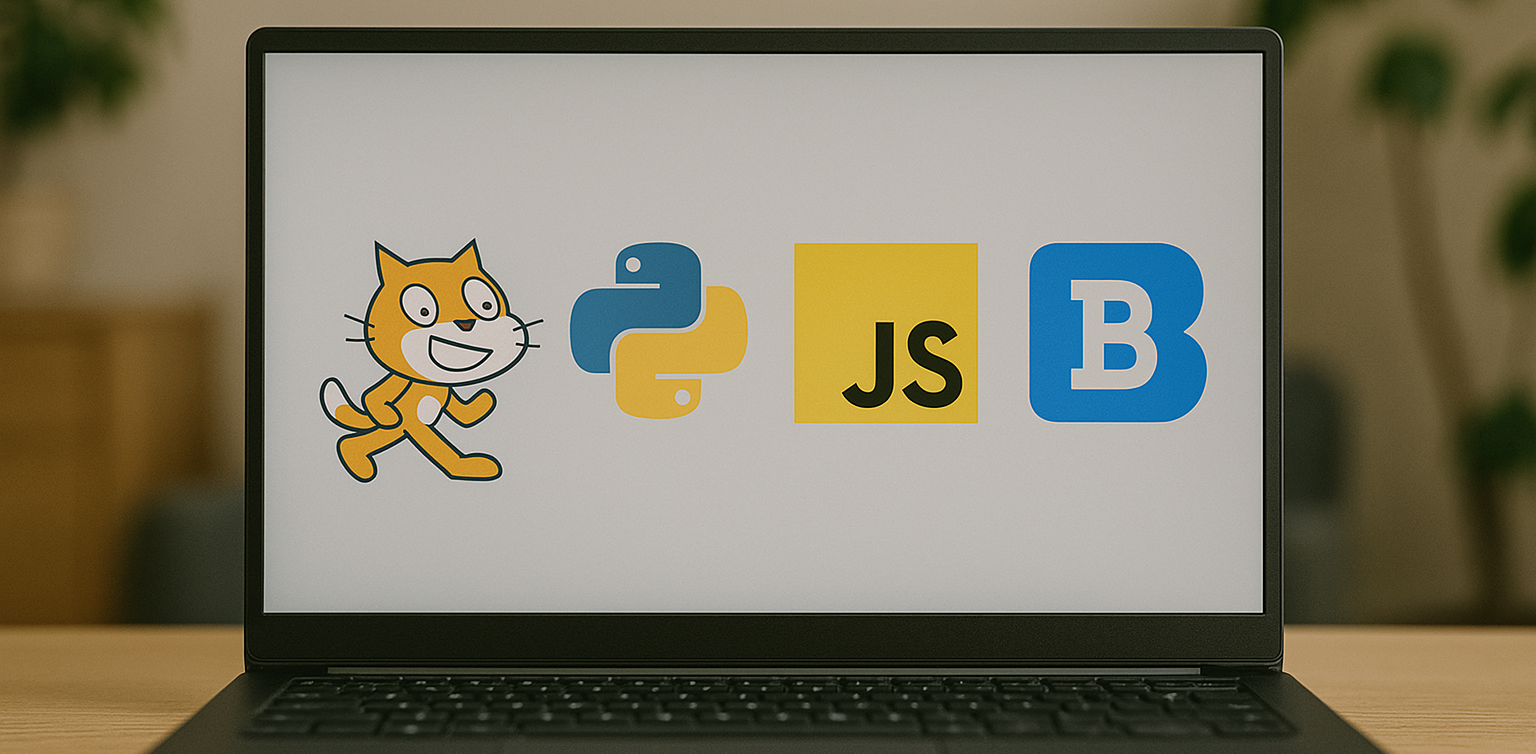
In today’s digital-first world, teaching children how to code is becoming just as essential as teaching them math, reading, or science. Coding builds logical thinking, creativity, and problem-solving skills. These are abilities that are crucial for success in any future career. But with so many programming languages out there, many parents wonder: Where should my child start?
The answer depends on your child’s age, interests, and learning style. Some languages are visual and beginner-friendly, while others offer more complexity for older or advanced learners. In this article, we’ll break down the top 4 programming languages for kids, explaining what makes each of them great and how to choose the right one for your child’s coding journey.
Why Should Kids Learn Programming Language In Coding?
Before we jump into the list, let’s quickly look at why coding is so valuable for children:
- Boosts logical thinking and analytical skills
- Strengthens creativity and imagination
- Improves academic performance, especially in STEM subjects
- Builds persistence and resilience through problem-solving
- Prepares them for a future in a tech-driven world
Coding also helps children become creators of technology, not just passive users.
1. Programming Language In Coding: Scratch
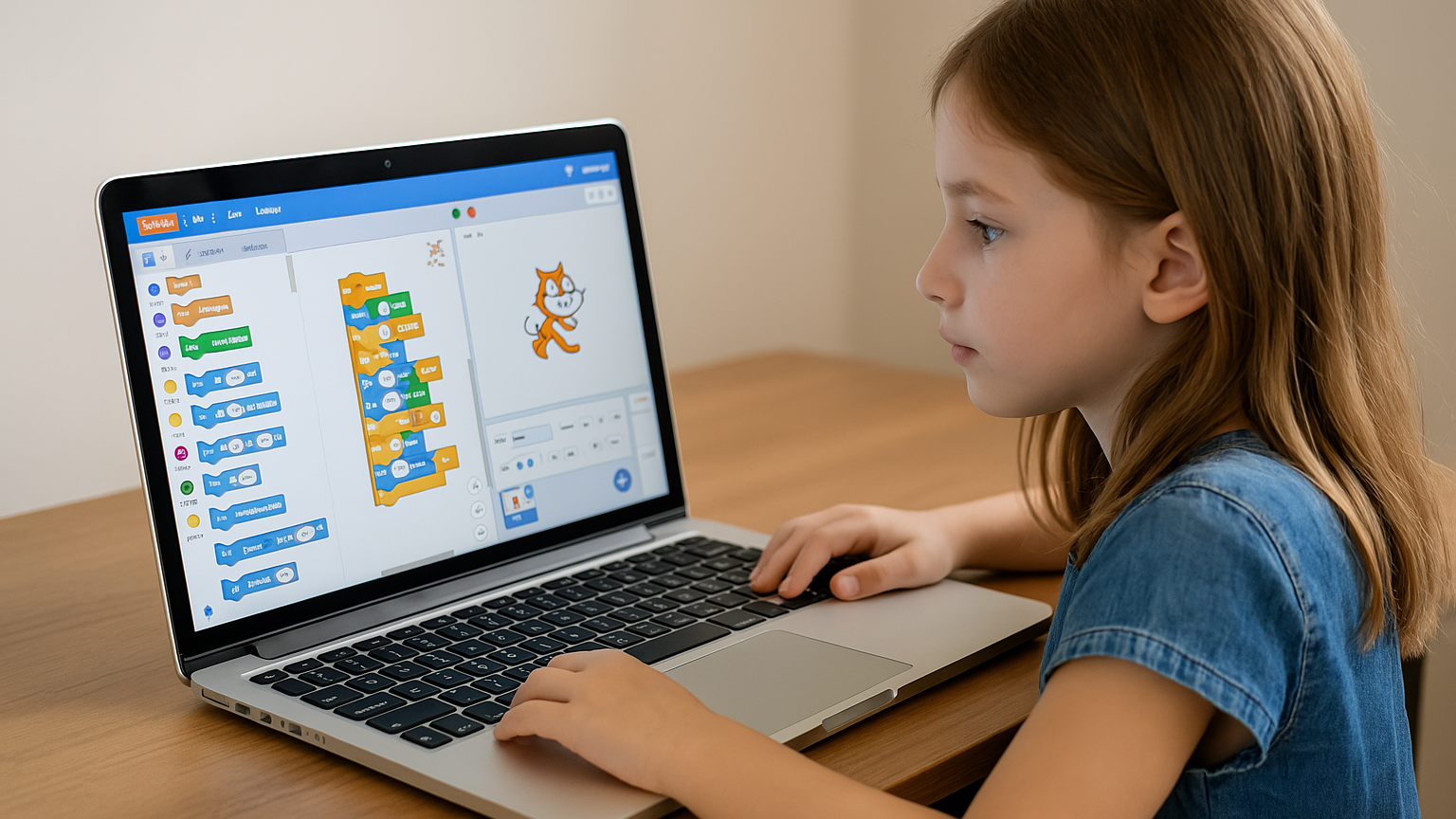
Best for Kids Aged 6 to 12
Scratch is a block-based programming language developed by MIT, specifically for children and beginners. Instead of typing code, kids drag and drop visual blocks to build animations, games, and interactive stories.
Why it’s great:
- No previous coding knowledge needed
- Highly visual and engaging
- Encourages storytelling, creativity, and experimentation
- Free and web-based
Scratch is ideal for young learners who enjoy art, games, or creative play. It’s fun, easy to understand, and extremely rewarding.
2. Programming Language In Coding: Python
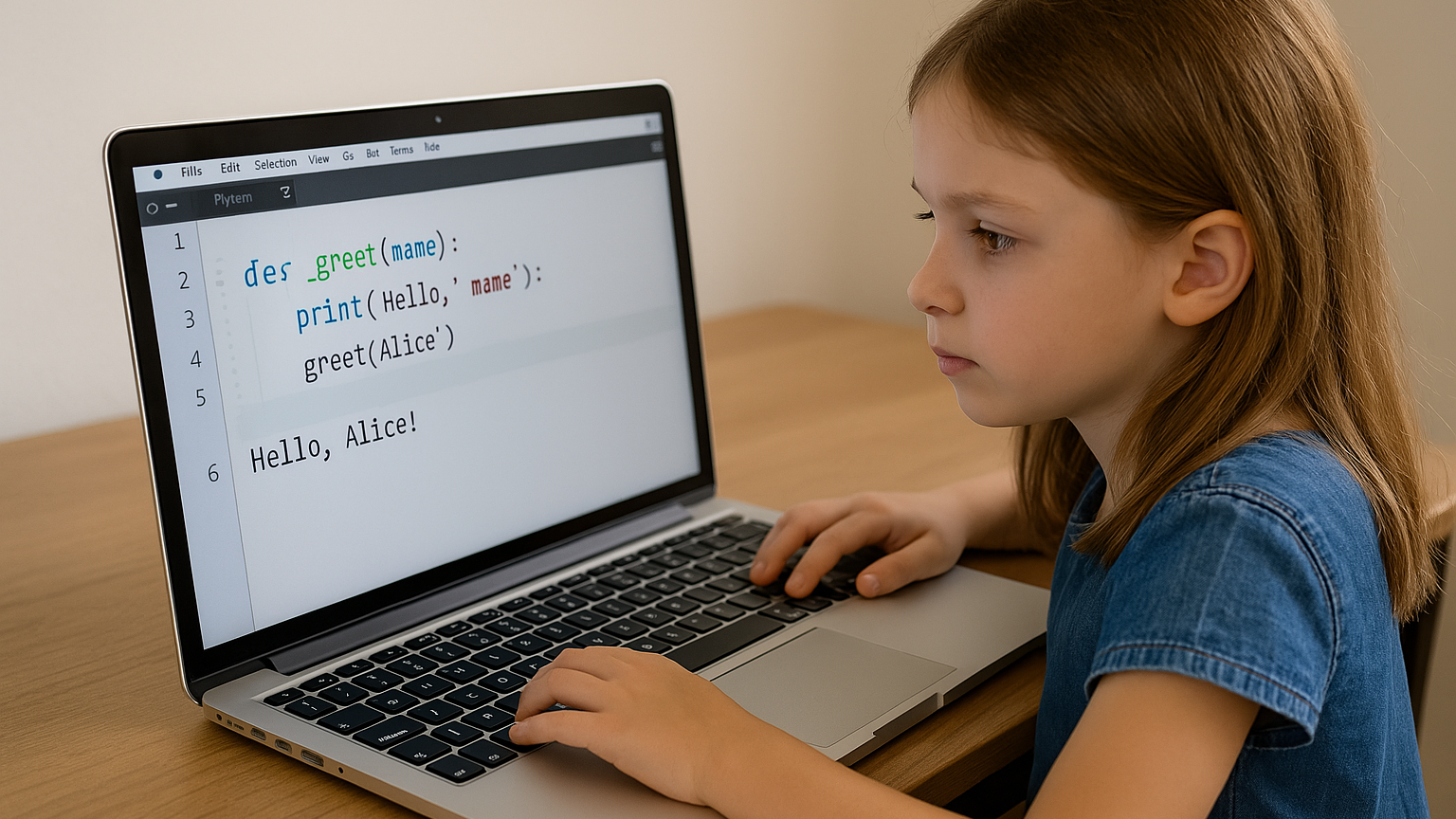
Best for Kids Aged 10 and Up
Python is one of the world’s most popular programming languages and a great choice for kids who are ready to move beyond visual coding. Its syntax is clean and readable, making it one of the easiest text-based languages to learn.
Why it’s great:
- Beginner-friendly with real-world applications
- Used in data science, AI, game development, and automation
- Loads of free resources and tutorials available
- Great for building games, quizzes, and mini apps
Python is perfect for curious kids who enjoy solving problems and want to dive deeper into the tech world.
3. Programming Language In Coding: JavaScript
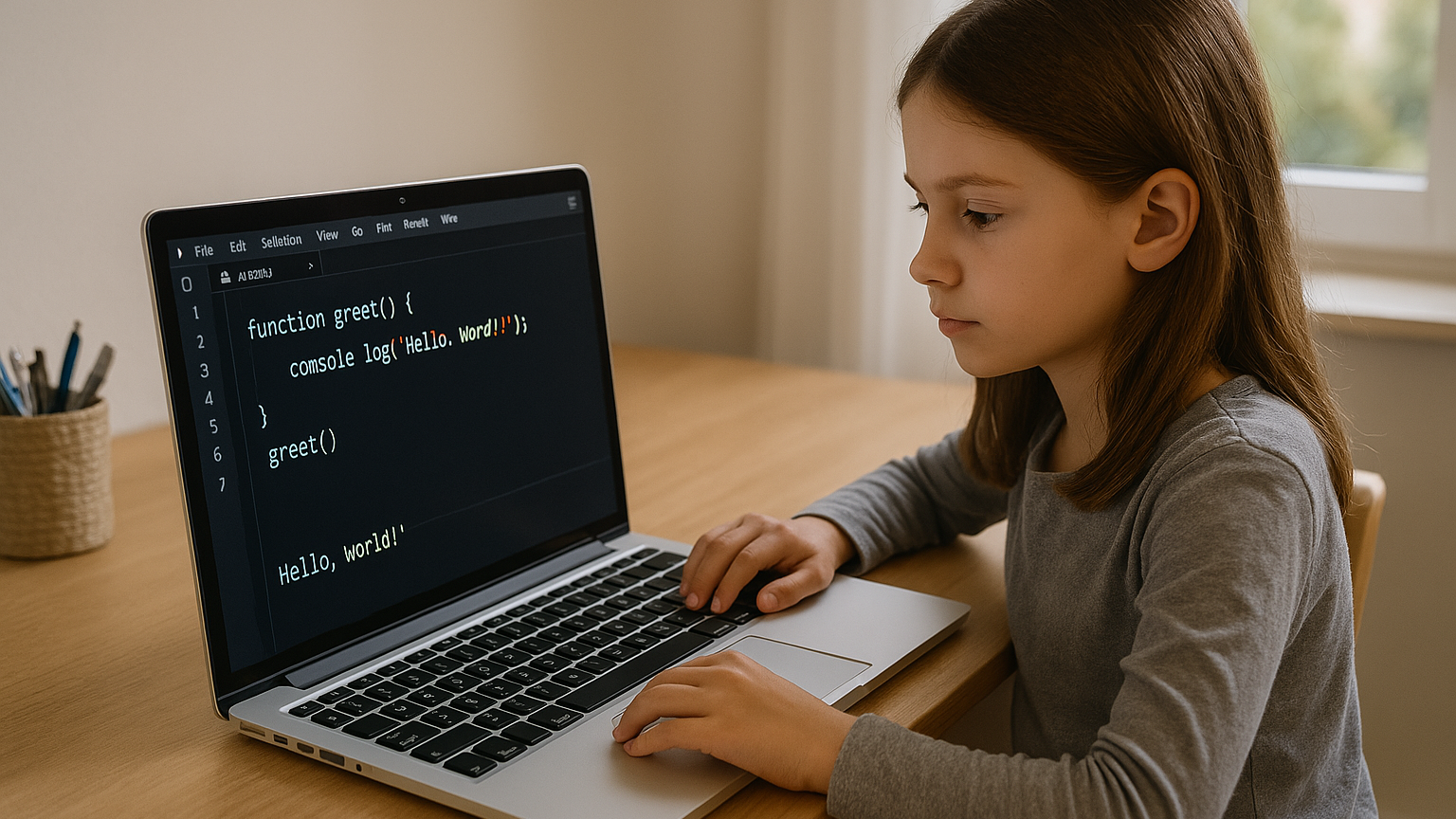
Best for Kids Aged 11 and Up
JavaScript is the go-to language for web development. If your child is interested in how websites work or wants to build their own online games or tools, JavaScript is an exciting and rewarding option.
Why it’s great:
- Teaches how to make websites interactive
- Encourages real-time experimentation in the browser
- Can be combined with HTML and CSS for full website building
- Great for creative projects like online games and visual effects
JavaScript is ideal for tweens and teens who are internet-savvy and want to bring their ideas to life on the web.
4. Programming Language In Coding: Blockly
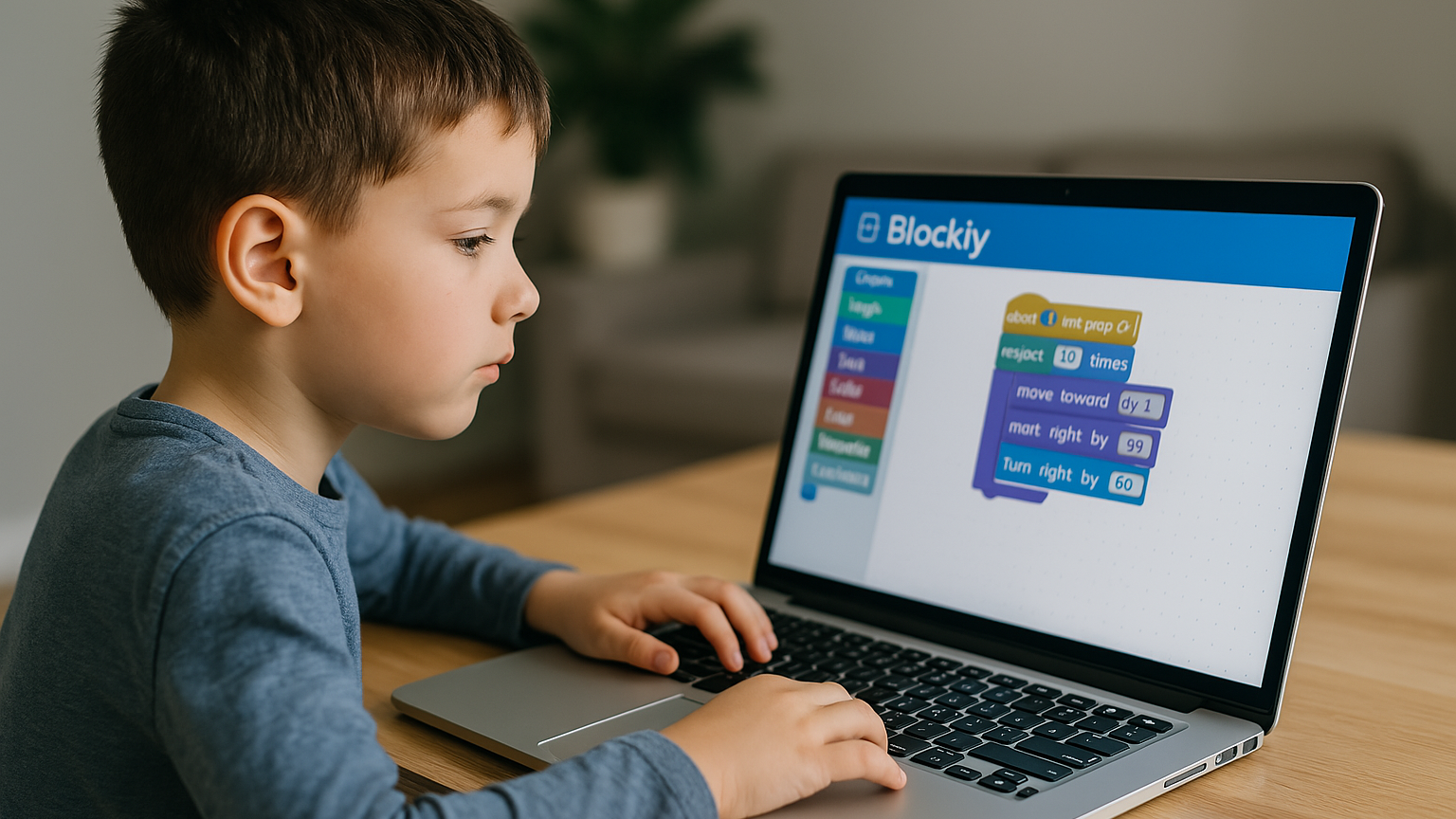
Best for Kids Aged 7 to 10
Blockly is a visual coding language like Scratch but with a twist. It also shows the actual code behind the blocks. It’s designed to help children transition from block-based programming to real text-based coding.
Why it’s great:
- Easy to use with a visual interface
- Builds understanding of programming logic
- Bridges the gap between Scratch and Python
- Often used in educational robots and coding kits
Blockly is excellent for kids who are ready to go beyond simple blocks but not quite ready for full typing-based code.
Quick Guide by Age For Kids To Choose Programming Language
| Age Group | Recommended Language |
| 6 to 8 | Scratch or Blockly |
| 9 to 12 | Scratch, then Python |
| 12+ | Python or JavaScript |
How Can Parents Support Their Kids Coding Journey?
- Explore coding platforms together such as Timedoor Academy
- Choose fun, project-based learning activities
- Encourage creativity by allowing your child to build what they love
- Celebrate progress at every step, no matter how small
Ready to Help Your Kids Start Coding?
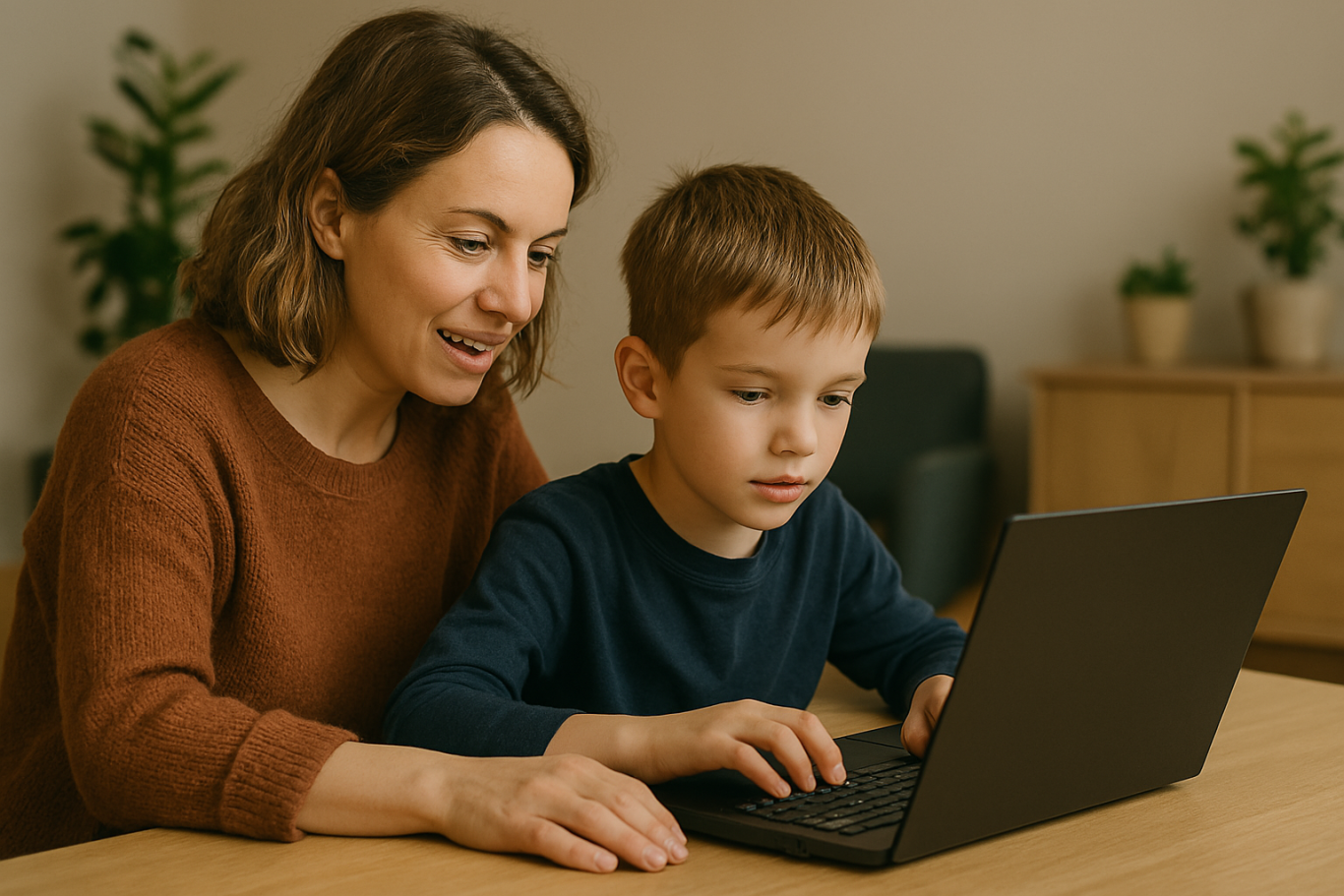
The best programming language for your child is the one that fits their age, interest, and learning pace. Whether they’re creating their first animation in Scratch or developing a game in Python, every coding experience empowers them with skills for the future.
At Timedoor Academy, we provide structured and engaging online coding classes for children of all ages. Our programs are designed to turn beginners into confident young coders through hands-on learning and creative projects.
Ready to start your child’s coding journey? Check out our courses and free trial at Timedoor Academy and unlock your child’s potential in tech.

